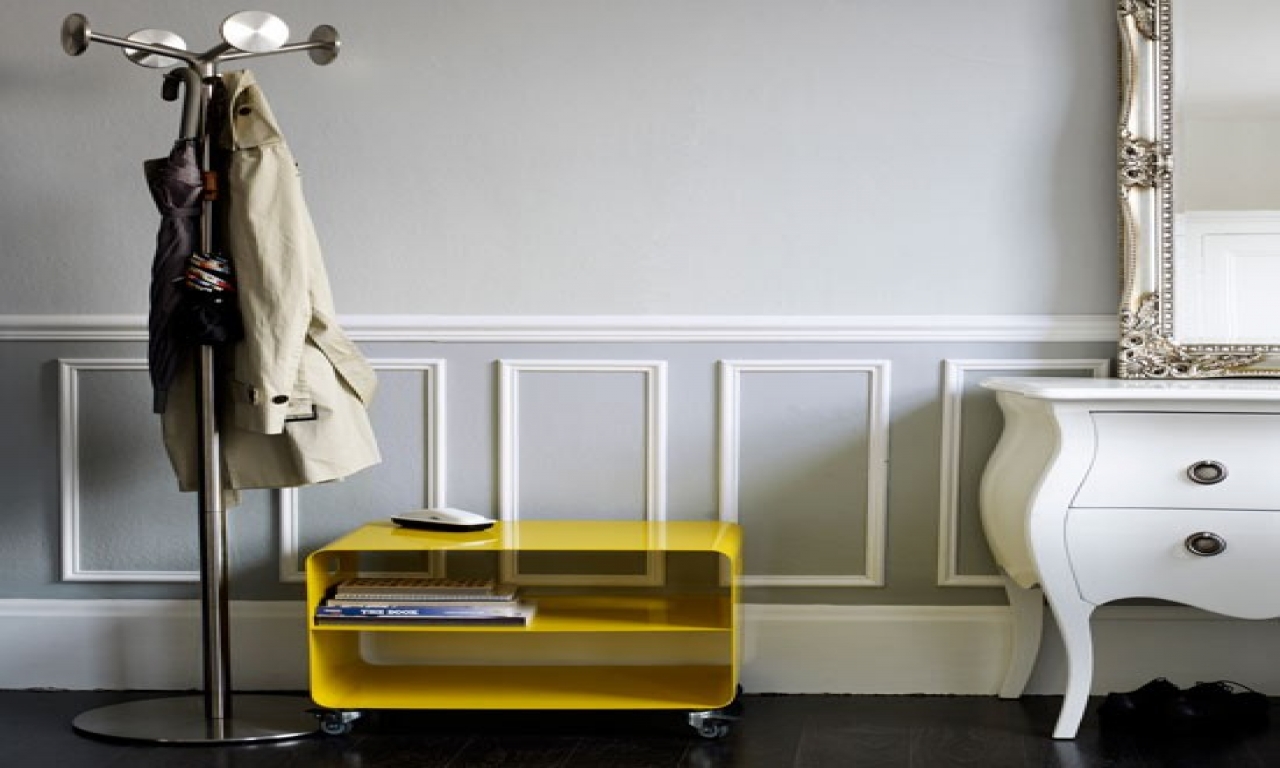 When it comes to interior design, the finer details often make the most significant impact. Architraves, often overlooked, are one such element that can dramatically elevate the appearance of doors and windows. Serving both functional and aesthetic purposes, this design feature is gaining traction as a hot trend in modern architecture. Whether you’re renovating your home or designing a new space, understanding architrave design is key to creating a polished and cohesive look.
When it comes to interior design, the finer details often make the most significant impact. Architraves, often overlooked, are one such element that can dramatically elevate the appearance of doors and windows. Serving both functional and aesthetic purposes, this design feature is gaining traction as a hot trend in modern architecture. Whether you’re renovating your home or designing a new space, understanding architrave design is key to creating a polished and cohesive look.
This guide will explore what architrave are, how they can be used to enhance the appearance of your doors and windows, and the latest trends in architrave design.
What Are Architraves?
Architraves are the moldings that frame doors and windows, concealing the joint between the wall and the frame. While their practical function is to hide construction gaps, their aesthetic value lies in their ability to add character and elegance to a room. Traditionally used in classical and colonial architecture, architraves have found their way into contemporary design, offering a mix of style and function.
According to a report by Mordor Intelligence on interior design trends in 2023, the global market for architectural moldings, including architraves, is witnessing a steady growth of 4.5%, indicating their increasing use in modern homes and commercial spaces.
Why Invest in Architrave Design?
Architraves are more than just decorative frames; they bring several tangible benefits to your space:
- Aesthetic Appeal
Architraves create visual boundaries around doors and windows, giving them a finished and sophisticated look. Whether you prefer minimalist straight edges or ornate curves, the right architrave design sets the tone for your interior.
- Enhanced Durability
Architraves protect the edges of walls and frames from daily wear and tear. This not only extends the life of your interior but also keeps your walls looking pristine.
- Design Versatility
Architraves come in various materials like timber, MDF (Medium-Density Fiberboard), and PVC, making them suitable for any style or budget. You can opt for glossy paint finishes for luxury interiors or matte, woodgrain designs for a more rustic feel.
- Seamless Integration
Architraves tie together design elements within a room, creating a cohesive look. For example, matching the style of your skirting boards, cornices, and architraves can make your interior design feel more intentional.
Latest Trends in Architrave Design
Like any interior design element, architraves are influenced by trends that align with broader architectural styles. Here are some of the hottest trends shaping their use today:
- Minimalist Profiles
Modern homes are leaning towards sleek, subtle profiles that provide a clean look without being overpowering. Thin, straight-lined architraves made from MDF are particularly popular in Scandinavian and contemporary interiors.
- Bold Contrasts
Increasingly, designers are opting to paint architraves in bold colors that contrast with the wall. For instance, black architraves around white walls create a striking, modern aesthetic.
- Natural Materials
Sustainability in architecture is a growing trend, with homeowners favoring eco-friendly materials. Wooden architraves that highlight the grain of the timber are a statement piece for rustic and industrial-style homes.
- Ornate Styles in Revival
While modern interiors often focus on minimalism, heritage homes are bringing back ornate and highly detailed architraves. Such designs pair beautifully with Victorian and Edwardian architecture.
How to Choose the Right Architrave Design
Selecting the perfect architrave design involves considering your home’s overall style and functionality. Below are a few practical tips to help you make the right choice:
- Match Your Theme
Your architrave should complement the overall style of your home. For example, clean-lined profiles fit well in contemporary spaces, while intricate patterns suit traditional or vintage interiors.
- Evaluate Materials
Timber architraves offer timeless appeal but require maintenance. Alternatively, MDF is a cost-efficient, durable option for minimalist designs, while PVC suits moisture-prone areas like kitchens and bathrooms.
- Consider Proportions
The width and shape of your architrave should complement the size of the room and the door or window it frames. Small spaces benefit from thinner architraves, while larger rooms make a statement with wide or layered moldings.
Making a Statement with Architraves
Architraves are the unsung heroes of interior design. When carefully planned and skillfully executed, they can enhance both the functionality and appearance of your doors and windows. By leveraging modern trends like minimalist designs or bold color contrasts, you can ensure your architraves make a memorable style statement.






